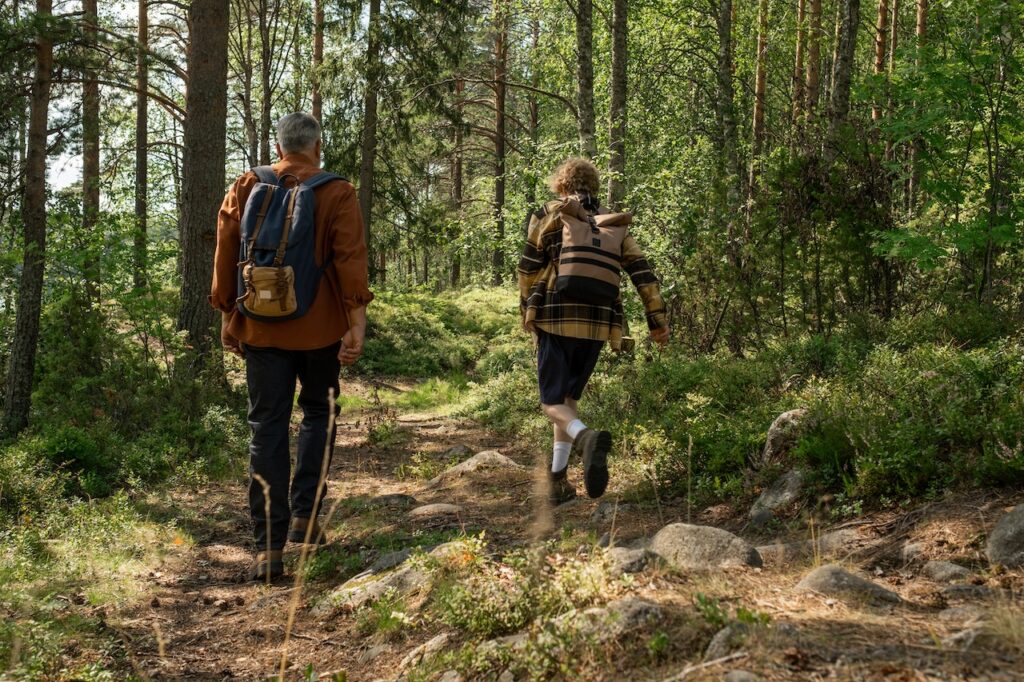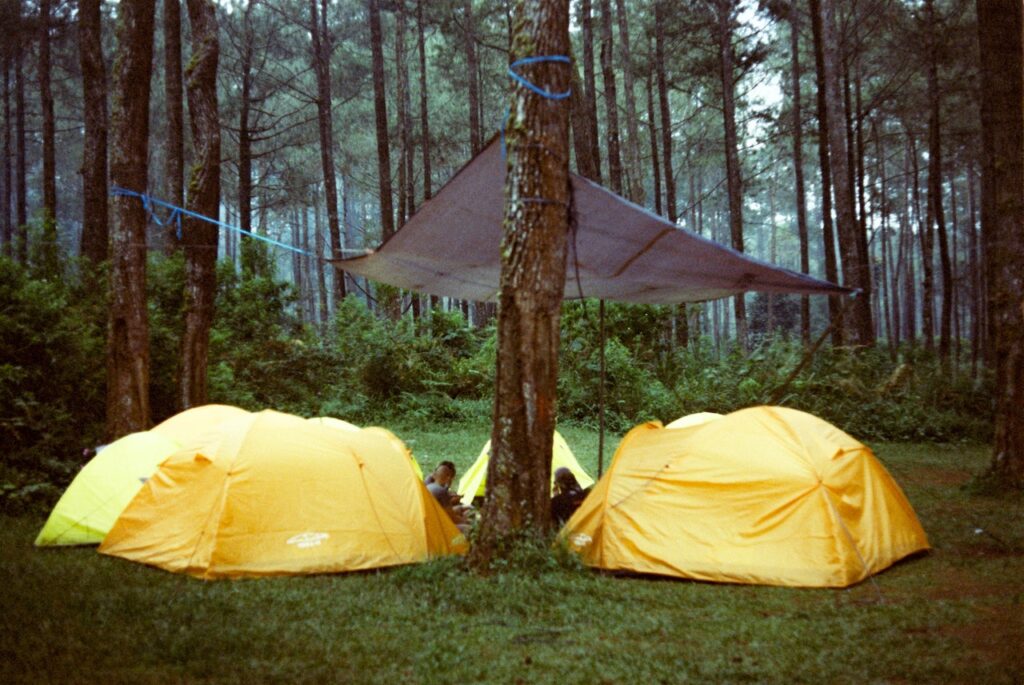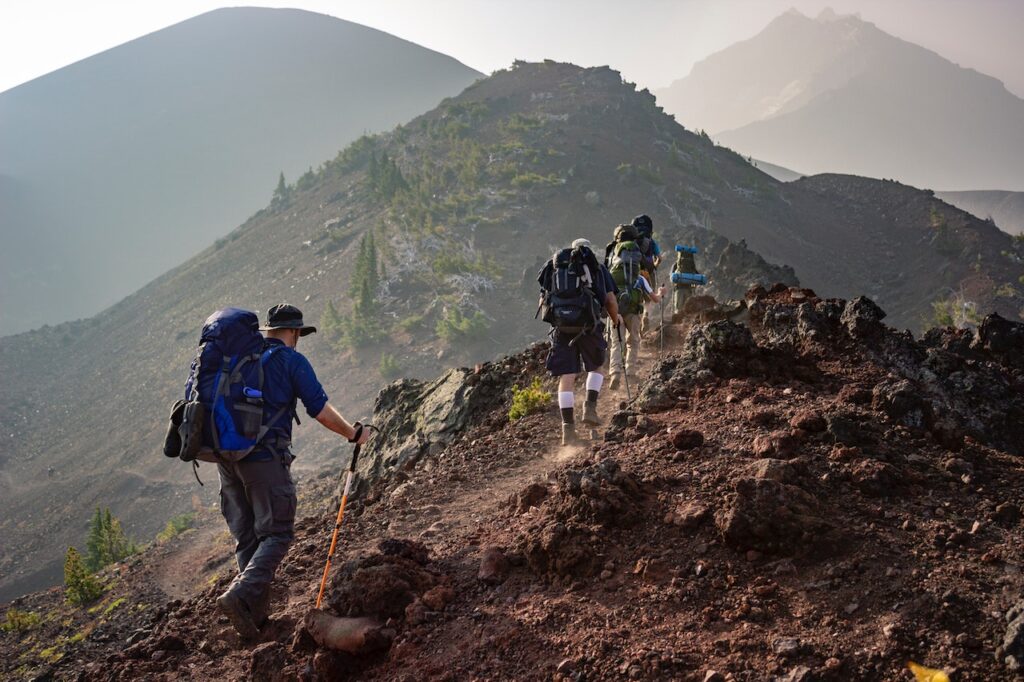Hiking is not just an adventure; it’s a pursuit of serenity, a communion with nature, and an opportunity to escape the daily grind. However, a successful hiking journey hinges not only on your knowledge of the terrain but also on the equipment you choose. And when it comes to gear, the backpack stands out as one of the most critical elements of a hiker’s arsenal.
A good hiking backpack should be your trusted companion on the trails, capable of carrying your essentials while maintaining comfort and durability. In this detailed review, we’ll delve into the world of hiking backpacks to help you find the perfect one for your adventures.

What to Look for in a Hiking Backpack
Before we dive into the specific backpacks, let’s understand the essential factors to consider when making your selection:
1. Capacity
The size of your backpack is critical. It determines how much you can carry. Daypacks (20-35 liters) are ideal for short hikes, while overnight trips require packs of 35-50 liters. For extended journeys, consider a 50+ liter backpack.
2. Fit
A backpack that fits well is essential for comfort and load distribution. Look for adjustable straps and a padded hip belt. Get measured in-store if possible, or consult sizing guides provided by online retailers.
3. Weight
Lightweight backpacks are a blessing, especially for long hikes. Ultralight models prioritize minimalism, but traditional ones offer more features at a slightly heavier weight.
4. Compartments
Consider how many pockets and compartments you need. Think about easy access to essentials like water, snacks, and a first-aid kit. More compartments can help keep your gear organized.
5. Material
Backpacks are typically made of nylon, polyester, or a combination. Consider your hiking environment; waterproof materials are essential for wet climates, while breathability is crucial in hot conditions.
6. Comfort
Ergonomic design and padded straps ensure that your backpack is comfortable to carry, even over long distances. Look for padded shoulder straps and back panels that promote airflow.
7. Frame Type
Backpacks can be internal frame, external frame, or frameless. Internal frames are the most common for hiking as they provide better load stability and comfort.
Our Top Picks
With these criteria in mind, let’s explore some of the best hiking backpacks on the market.
1. Osprey Atmos AG 65 (Men’s) / Osprey Aura AG 65 (Women’s)
- Capacity: 65 liters
- Weight: 4.6 lbs
- Fit: Adjustable Anti-Gravity harness
- Best for: Extended trips and carrying heavy loads
- Features: Excellent ventilation, plenty of pockets, and Osprey’s renowned quality.
The Osprey Atmos AG 65/Aura AG 65 is the gold standard for extended backpacking trips. The Anti-Gravity harness feels like a dream, allowing you to carry heavy loads with ease. Ventilation and comfort are top-notch.
2. Deuter Aircontact Lite 60+10
- Capacity: 60+10 liters
- Weight: 4 lbs 6 oz
- Fit: Vari-Quick system
- Best for: Versatile, all-around backpacking
- Features: Excellent value, adjustable torso length, and well-organized pockets.
The Deuter Aircontact Lite is a versatile and affordable option for backpackers who want the flexibility to handle a variety of trips. The Vari-Quick system makes it easy to adjust the fit.
3. Granite Gear Crown 2
- Capacity: 60 liters
- Weight: 2 lbs 5 oz
- Fit: Adjustable shoulder straps and hip belt
- Best for: Ultralight enthusiasts
- Features: Ultralight design, roll-top closure, and removable lid.
If you’re a fan of the ultralight movement, the Granite Gear Crown 2 offers excellent carrying capacity at a remarkably low weight. Its stripped-down design helps you keep the weight down, which is perfect for long-distance hikes.
4. Gregory Baltoro 65 (Men’s) / Gregory Deva 60 (Women’s)
- Capacity: 65 liters
- Weight: 4 lbs 14 oz
- Fit: TrailFlex adjustable hip belt
- Best for: Comfort and organization
- Features: Plush cushioning, multiple access points, and an adjustable hip belt.
The Gregory Baltoro/Deva series is all about comfort. If you prioritize a luxurious feel and a well-organized interior with plenty of pockets, this is the pack for you.
5. REI Co-op Flash 55
- Capacity: 55 liters
- Weight: 2 lbs 10 oz
- Fit: Adjustable shoulder straps and hip belt
- Best for: Budget-conscious hikers
- Features: Reasonable price, customizable fit, and a sleek design.
If you’re on a tight budget but still want a quality hiking backpack, the REI Co-op Flash 55 is an excellent choice. It’s simple, lightweight, and remarkably affordable.
Selecting the right hiking backpack is a pivotal decision for any hiker. The choice should be tailored to your specific needs, whether you’re planning short day hikes or multi-day adventures. Remember to consider factors like capacity, fit, weight, comfort, and the type of hiking you’ll be doing.
The backpacks mentioned in this review are some of the best on the market, each with its own unique features and advantages. Your decision ultimately depends on your personal preferences and hiking style. Whether you’re scaling mountain peaks, exploring lush forests, or wandering through desert landscapes, the right backpack can make your journey more enjoyable and comfortable. So, pick the one that suits you best and embark on your next hiking adventure with confidence!








